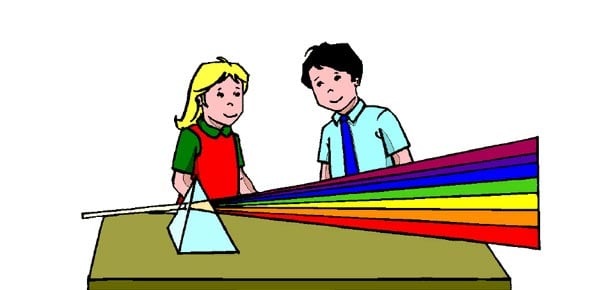Digital Media Quiz - Scanning, Colour And Resolution
- NGSS
2.
You may optionally provide this to label your report, leaderboard, or certificate.
×
Thank you for your feedback!
















